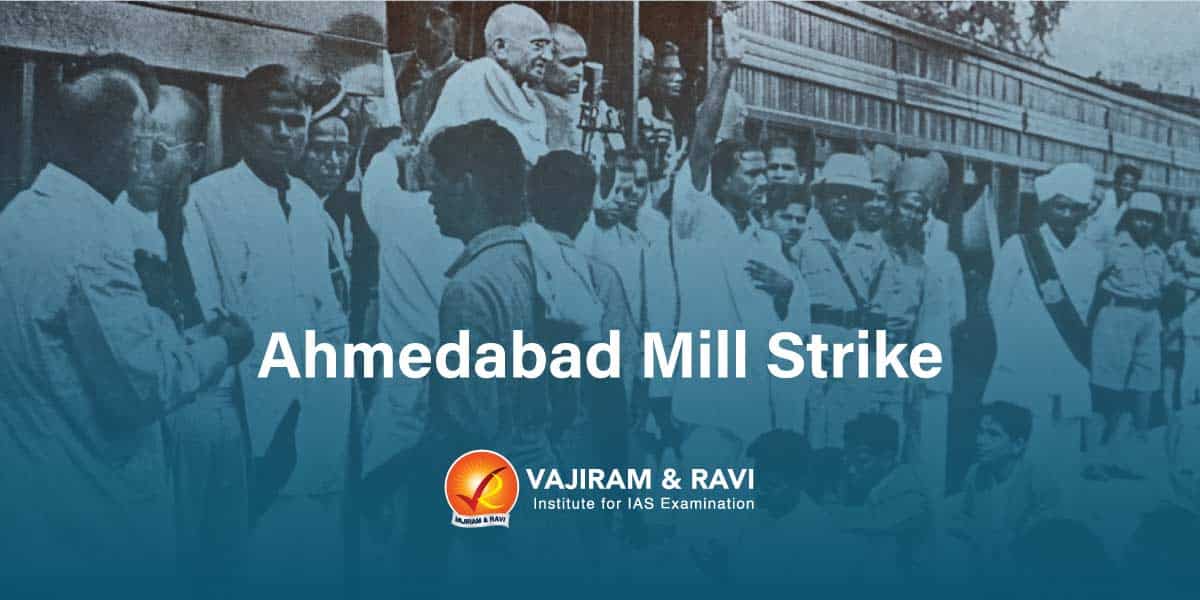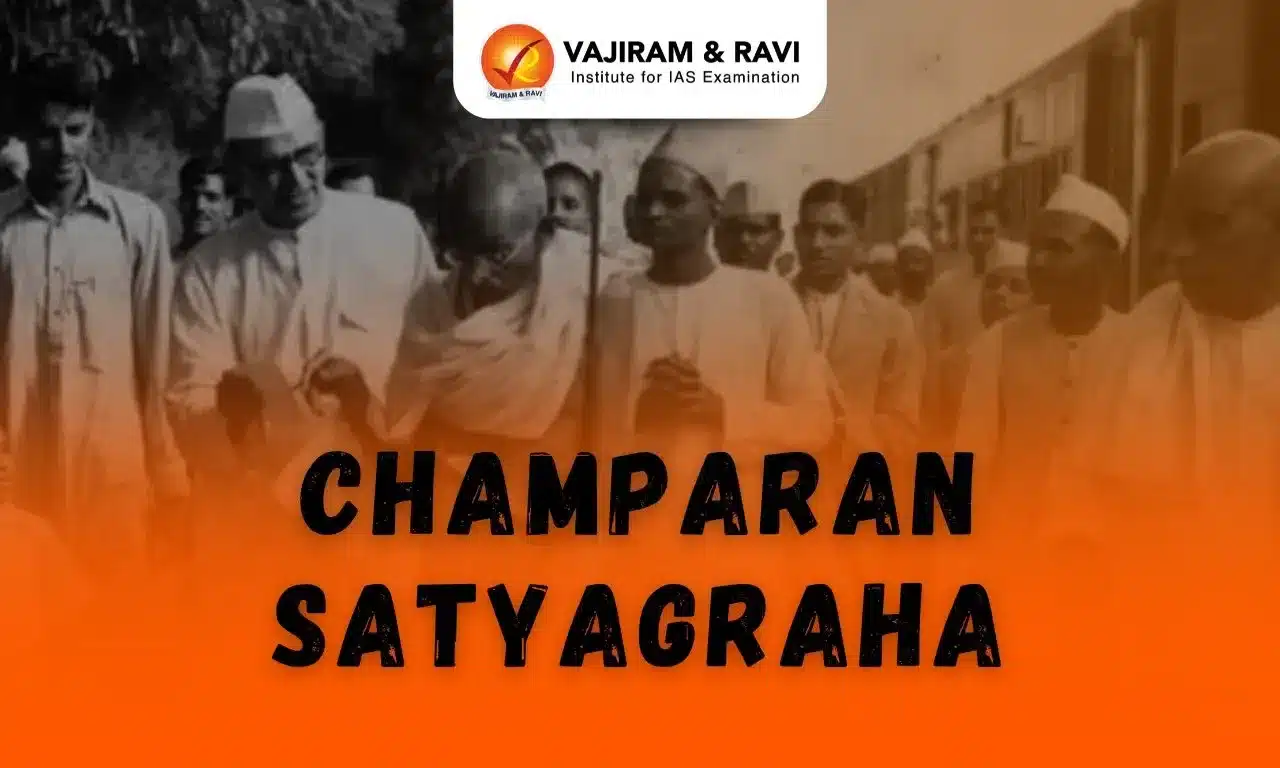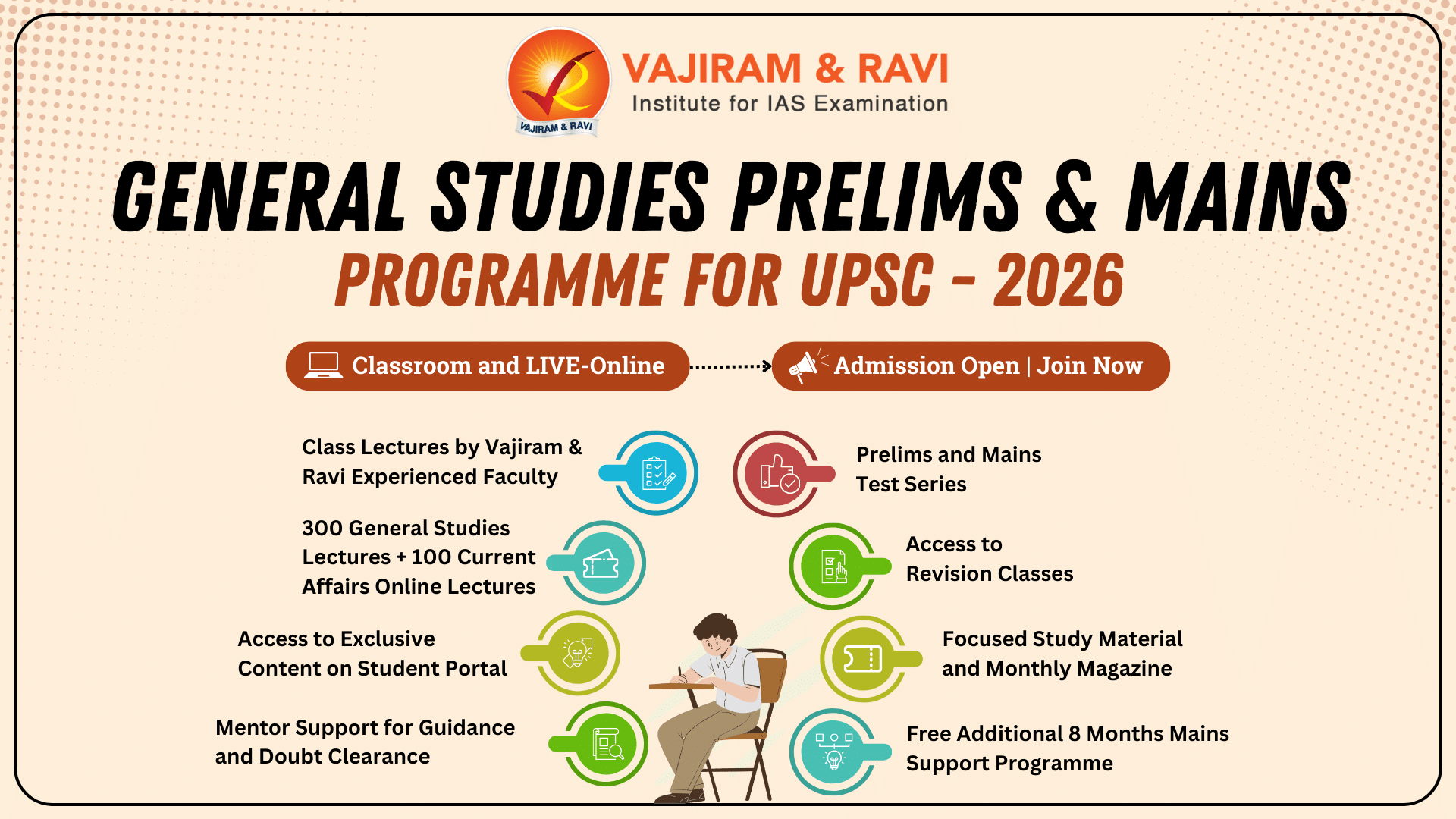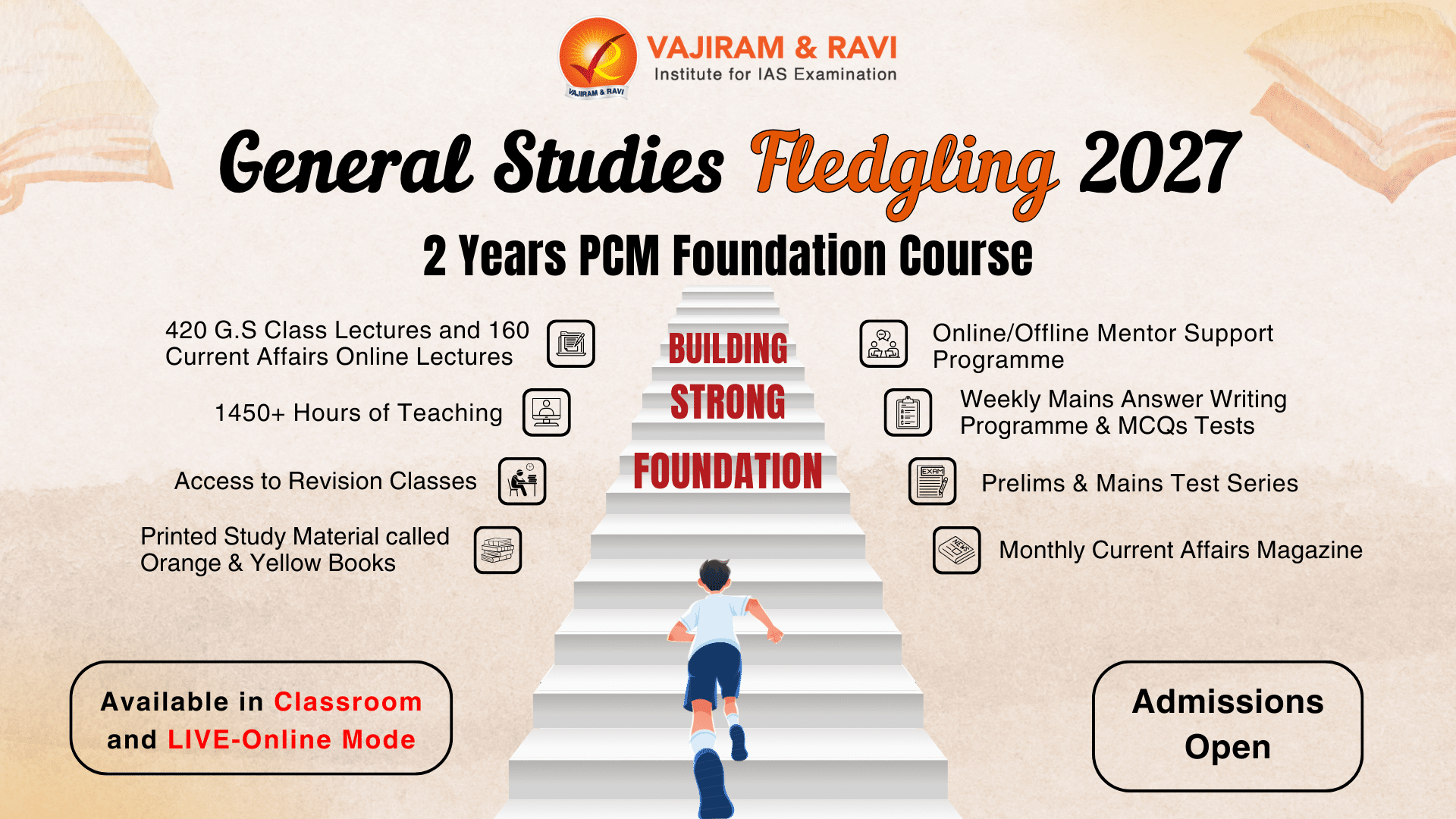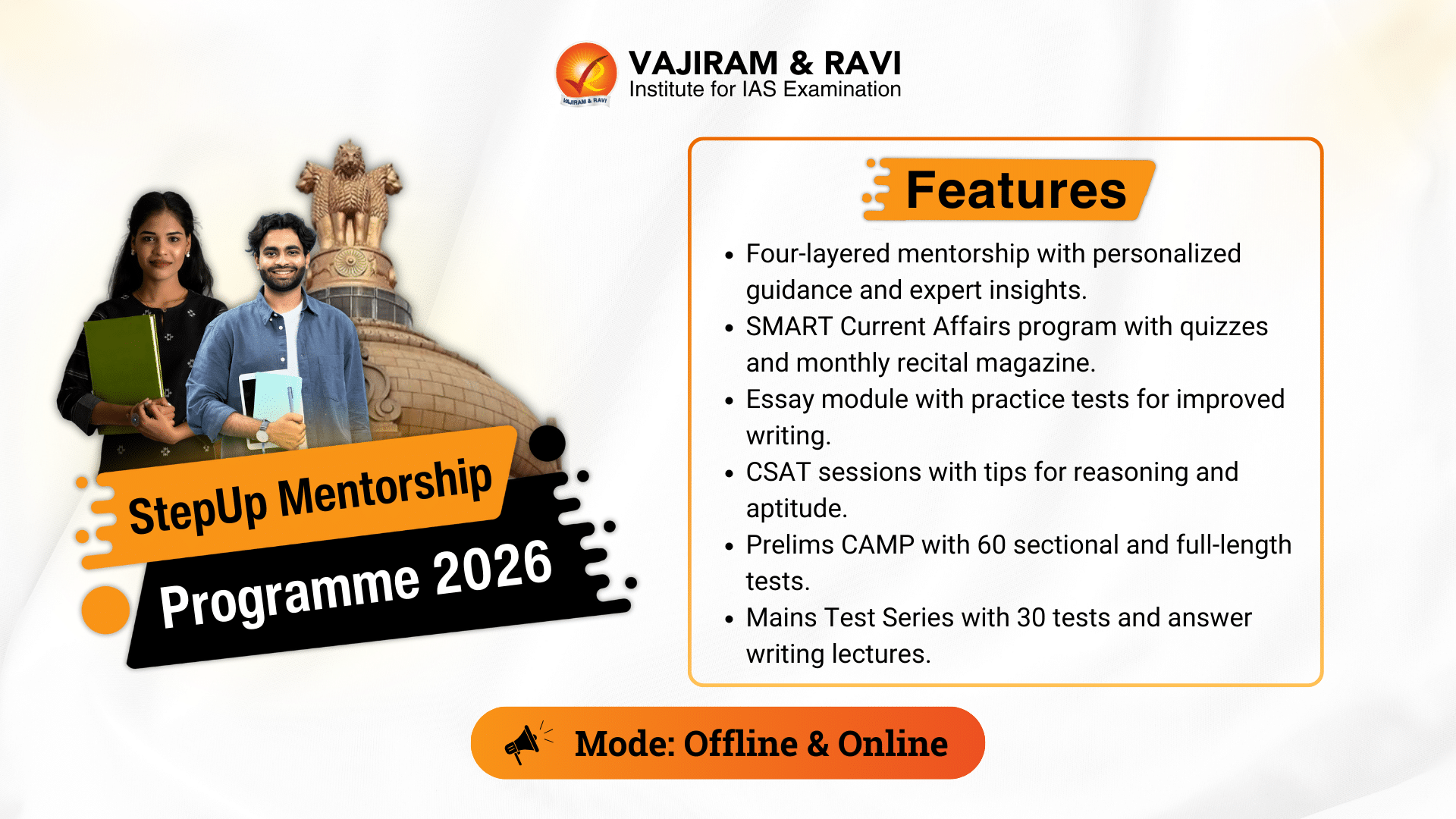Ahmedabad Mill Strike: The Ahmedabad Textile Mill Labour Satyagraha of 1918 was a significant event in shaping the working class movement during India’s freedom struggle. It occurred in February-March of 1918 in Ahmedabad, primarily led by textile mill workers who were protesting against poor working conditions. The Movement got an uplift when Mahatma Gandhi joined it and negotiated on the side of the workers.
The Ahmedabad Textile Mill Labour Satyagraha of 1918 was one of the three early experiments of the non-violent satyagraha methods by Gandhi in India. The Satyagraha introduced the “hunger strike” to the Indian masses as a means to secure the outcome.
Ahmedabad Mill Strike 1918
The early 20th century saw poor working conditions and exploitation of labour in industrial establishments across British India, including textile mills. Ahmedabad in Gujarat had emerged as a major textile production centre due to its access to port, rail, and British Enterprise. Its textile mills were owned by Indian industrialists like Ambalal Sarabhai as well as British mill owners. However, mill workers faced extremely harsh working environments.
- Withdrawal of plague bonus:
- In 1917, an outbreak of plague epidemic in Ahmedabad led mill owners to provide a ‘Plague Bonus’ of up to 75% over regular wages to dissuade workers from leaving town.
- After the epidemic subsided, owners sought to withdraw the bonus, but workers demanded its continuation, citing the high cost of living.
Low wages and long working hours:
- Textile mill workers in Ahmedabad, mostly poor peasants and migrants from rural areas, were paid meagre wages. Their average wage was around Rs 5 per month for over 70 hours of work weekly.
- Work days stretched between 12-15 hours in oppressive conditions. The strenuous workload also included forced labour of women and children. The cost of living in urban areas was also rising.
War profiteering by mill owners:
- With the Swadeshi principle gaining ground, mill owners wanted to profit extensively from the wartime textile boom before Indian independence. They tried to exploit workers to maximise outputs.
- Leave, minimum wage, accident compensation, and other facilities were denied. Fines and abuse were common. Layoffs or wage cuts disproportionately impacted workers during temporary production declines, even as company profits soared.
Ahmedabad Mill Strike Causes
The Ahmedabad Textile Labour Satyagraha of 1918 was preceded by a series of events and circumstances that ultimately led to the strike. These events can be outlined as follows:
Workers’ plight and call for Strike:
- By 1918, textile mill workers in Ahmedabad were seething with anger at their deplorable conditions amid soaring mill owners’ profits. Local leaders of emerging unions like Anasuya Sarabhai pleaded the worker’s case.
- But authorities ignored demands for higher pay and regulated working hours. In early 1918, at a mass rally of mill workers, the call for a nonviolent strike was given. They resolved to cease work until fair working conditions were ensured by owners.
Gandhi’s arrival and Strike demand:
- In February 1918, Mohandas Karamchand Gandhi was invited to Ahmedabad to lead the brewing labour agitation. Gandhi convened a meeting on February 22, where demands were finalised.
- The demands included – a 35% wage increase, reduction of a workday to 8 hours, weekly holiday, overtime pay, abolition of fines, improvement of living conditions, reinstatement of dismissed workers, etc. The demands were sent to the mill owners.
Mahatma Gandhi’s Role in Ahmedabad Mill Strike 1918
As soon as Gandhi concluded his Champaran Movement, he received an urgent appeal from the textile mill workers of Ahmedabad.
Mass upsurge and unity:
- When the mill owners did not respond positively to the demands by the February 22 midnight deadline, Gandhi gave the call for a non-violent general strike.
- The next morning, over 100,000 textile labourers and their families peacefully picketed outside the mills as per plan. For over a week, the huge strike continued steadfastly, with disciplined non-violence under Gandhi’s leadership.
- Gandhi’s presence energised the workers and brought remarkable solidarity across divisions of caste, religion, and language. The strike witnessed unprecedented unity between Hindus and Muslims, bridging communal distrust.
Effective communication strategies like peace marches, slogans of “Ek tek” and leaflets also helped mobilise disciplined, nonviolent mass action. Throughout the satyagraha, the initiative remained with the workers through nonviolent resilience.
Partial concession from British authorities:
- Initially adamant, the mill owners gradually conceded to negotiate under Gandhi’s mediation. Under the compromise settlement, about 35% of the original demand was met, including a 20% wage hike.
- While deemed insufficient by many, Gandhi considered the truce a strategic victory of nonviolent pressure. The authorities were forced to recognise principles of fair working conditions and labour welfare.
Aftermath of the Strike:
- As per the agreement, workers resumed work pending further talks. However, the mill owners adopted vindictive tactics like dismissing strike leaders and cutting wages. Harassment led to a resurgence of protests.
- Apprehensive of unrest, the owners finally agreed to reemploy dismissed workers and restore earlier wage levels. The situation normalised gradually, though issues remained unresolved.
Ahmedabad Mill Strike Significance
The Ahmedabad Mill Strike of 1918 holds immense significance in the history of India’s struggle for independence despite being a small-scale endeavour. Its importance can be summarised as follows:
Boost to the labour movement in India:
- Its success catalysed the growth of strong trade unions like the Ahmedabad Textile Labour Association, which adhered to Gandhian ideals of nonviolence, self-reliance, and employer-employee harmony.
Introduction of the working class into the national movement:
- The Gandhian era of the national movement is marked by the mobilisation that involved almost all quarters of the Indian population at that time.
- Just as the Champaran Satyagraha marked the inclusion of the peasant class, the Ahmedabad strike introduced the working class into the national movement.
Fasting as a means of uniting masses and achieving satyagraha:
- Gandhi’s use of fasting, which compelled negotiated settlement without bloodshed, proved to be a powerful and even coercive weapon with potential use in the future course of the Indian national movement.
- The effect of fasting was evident in many instances during the national movement against the British as well as Indian masses whenever there were differences on social or communal lines.
Promotion of arbitration in dispute resolution:
- The principled self-sacrifice of workers highlighted the justice of demands. The strike showed arbitration’s value in resolving disputes through mutual agreement.
- Skill development:
- During the strike, workers also gained skills in activities like construction, weaving, etc., at Gandhi’s ashram.
The Ahmedabad Mill Strike of 1918 was a practical lesson in applying Gandhian approaches of nonviolence, mass mobilisation, employee–employer relationship, and constructive program-based approach for improving the conditions of workers. It boosted working-class solidarity against exploitation and forged important links between labour and national movements, energising India’s freedom struggle.
Last updated on April, 2025
→ UPSC Notification 2025 was released on 22nd January 2025.
→ The UPSC Vacancy 2025 were released 1129, out of which 979 were for UPSC CSE and remaining 150 are for UPSC IFoS.
→ UPSC Admit Card 2025 is expected to release in first week of May for CSE Prelims Exam 2025.
→ The UPSC Prelims 2025 is scheduled to be conducted on 25th May 2025 and UPSC Mains 2025 will be conducted on 22nd August 2025.
→ Apply once through it and aspirants can apply for various government exams conducted by UPSC.
→ The UPSC Selection Process is of 3 stages-Prelims, Mains and Interview.
→ UPSC Result 2024 is released with latest UPSC Marksheet 2024. Check Now!
→ UPSC Toppers List 2024 is released now. Shakti Dubey is UPSC AIR 1 2024 Topper.
→ Also check Best IAS Coaching in Delhi
Ahmedabad Mill Strike FAQs
Q1. When did the Ahmedabad mill strike take place?+
Q2. What were the key demands of workers during the Ahmedabad Mill Strike?+
Q3. How long did the Ahmedabad Mill Strike last?+
Q4. What was the role of Mahatma Gandhi in the Ahmedabad Mill Strike?+
Q5. What were the outcomes of the Ahmedabad Mill Strike?+

